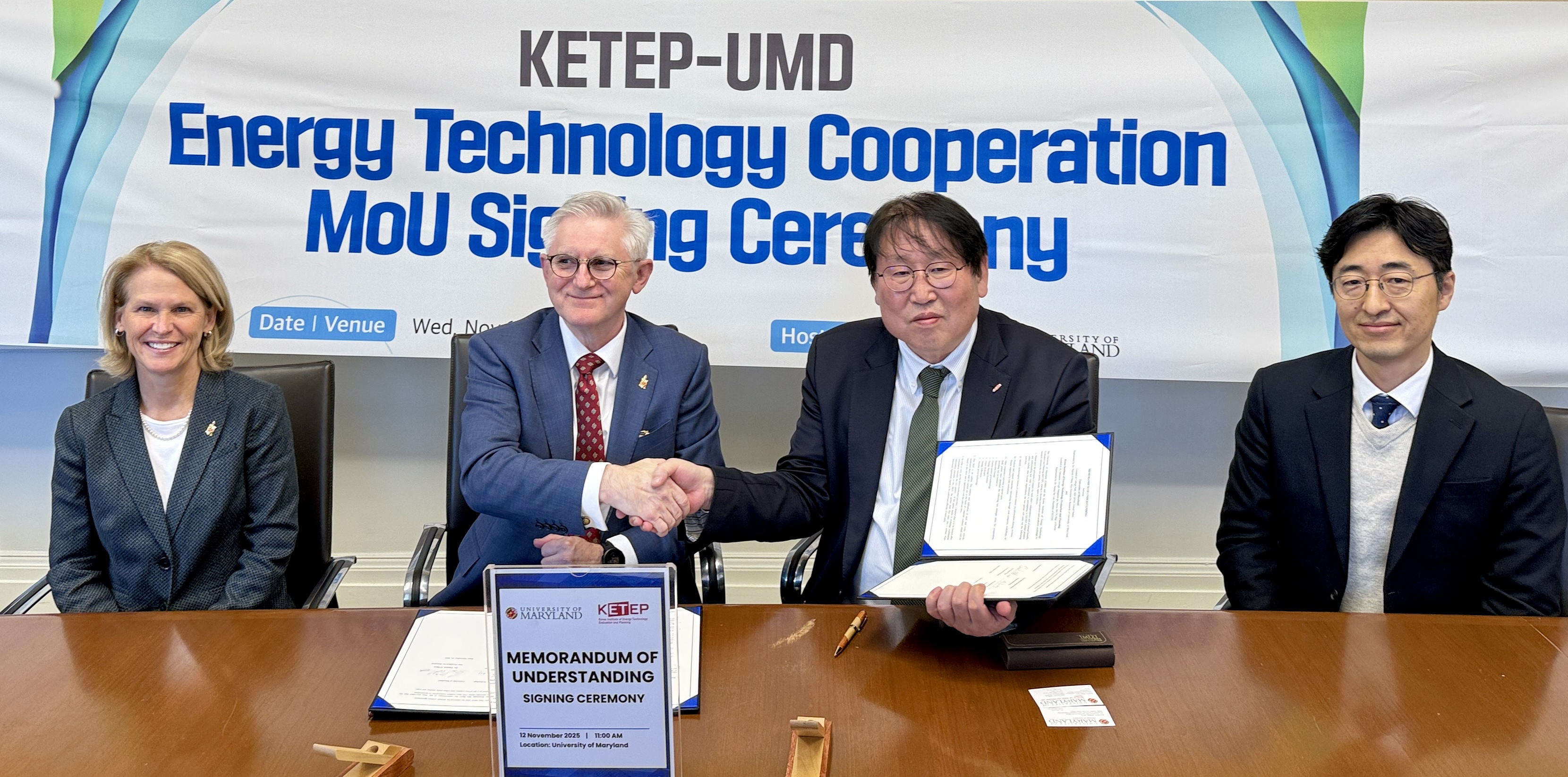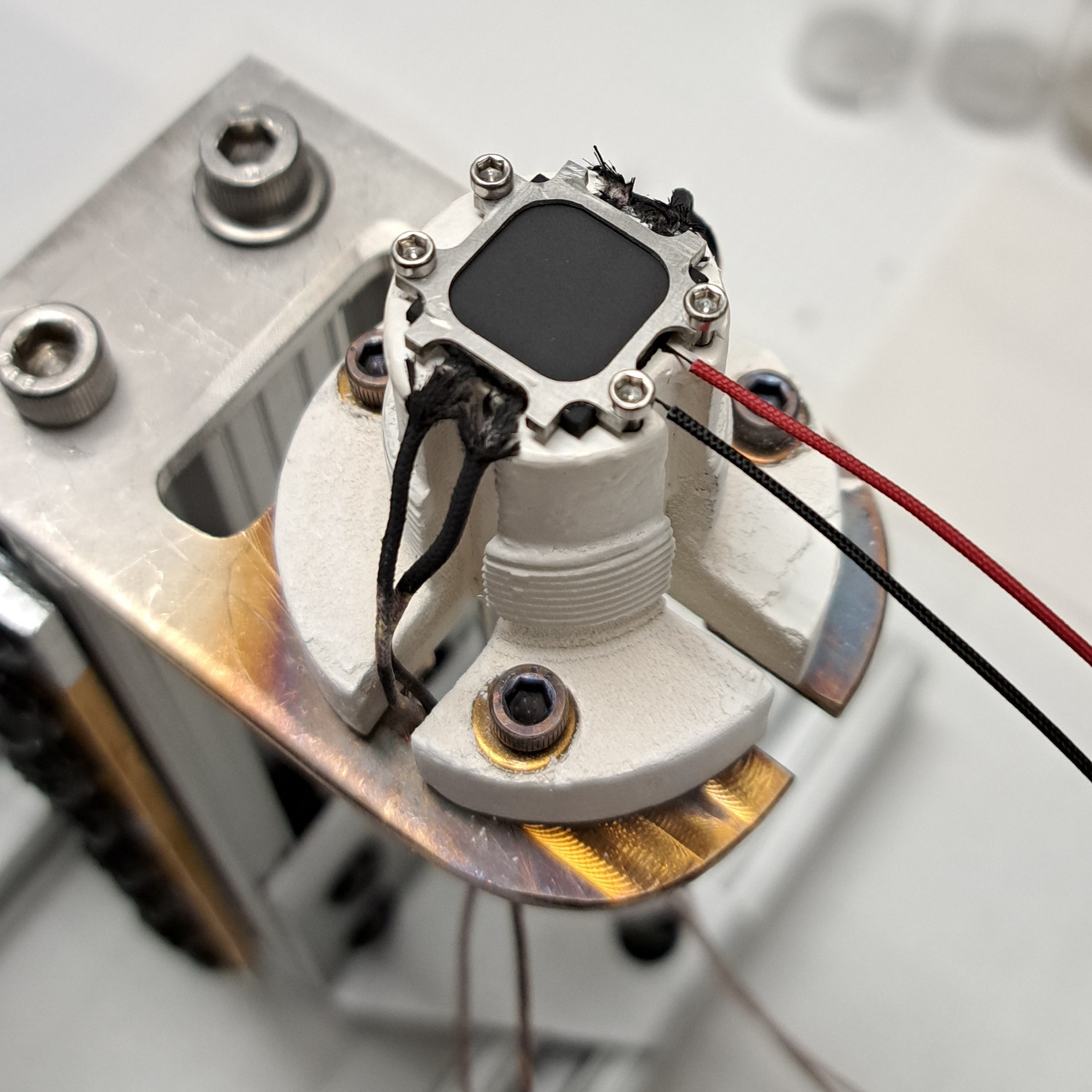News Story
Phaneuf Invited to Lecture in Germany, Italy
Professor Ray Phaneuf recently gave invited talks at BESSY in Berlin, Germany and IMEM in Parma, Italy on "What Drives Unstable Growth on Patterned GaAs(001): Atom-Scale Mechanisms."
The Berliner Elektronenspeicherring-Gesellschaft für Synchrotronstrahlung (BESSY) is a third-generation synchrotron radiation facility that provides ultrabright photon beams from the long wavelength Terahertz region to hard X-ray region, with complete control of the polarization of the radiation and energy range. The combination of brightness and time resolution makes BESSY a powerful microscope for recording space and time, since both femtosecond time and picometer spatial resolutions are available.
Professor Phaneuf described some of BESSY's unique imaging techniques: "Some of the most exciting work at BESSY involves the formation of X-rray images of samples without the use of lenses," he explained, "instead relying on measuring an X-ray hologram using a specially prepared mask with multiple holes, and then calculating the Fourier transform. In a second novel approach, the near edge X-ray spectrum is measured from molecules or ions dissolved in a liquid, using a thin membrane to separate the liquid from the vacuum employed in the synchrotron light source."
The Instituto dei Materiali per l'Elettronica ed il Magnetismo (IMEM) conducts research in the physics and technology of materials for use in electronics and optoelectronics. The major activities are IMEM are III-V epitaxial and bulk growth and characterization, high temperature superconductors, magnetic and ferroelectric materials, high magnetic field studies, surface physics, superconductivity, low temperature physics, and related theoretical models.
Phaneuf was also enthusiastic about developments at IMEM: "The group at IMEM is especially good at cathodeluminescence (CL), which allows the electronic structure of semiconductor devices to be probed laterally with submicron spatial resolution, and with a tunable vertical probe depth. Their CL instrument is unique in that it uses electrons whose energy can be tuned from 1 keV to 40 keV. With it, they can sweep the electron probe edge across buried interfaces up to several microns in depth."
For more information on Professor Phaneuf's research:
Phaneuf, Tadayyon-Eslami's Paper Accepted in Physical Review Letters »
Phaneuf Article on Ag Nanopillars Selected for Online Compilation »
Oehrlein and Phaneuf Receive NSF Grant for Nano Research »
Professor Phaneuf’s home page »
Visit the BESSY website »
Visit the IMEM website »
Published December 7, 2006









